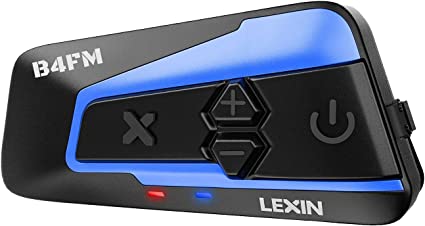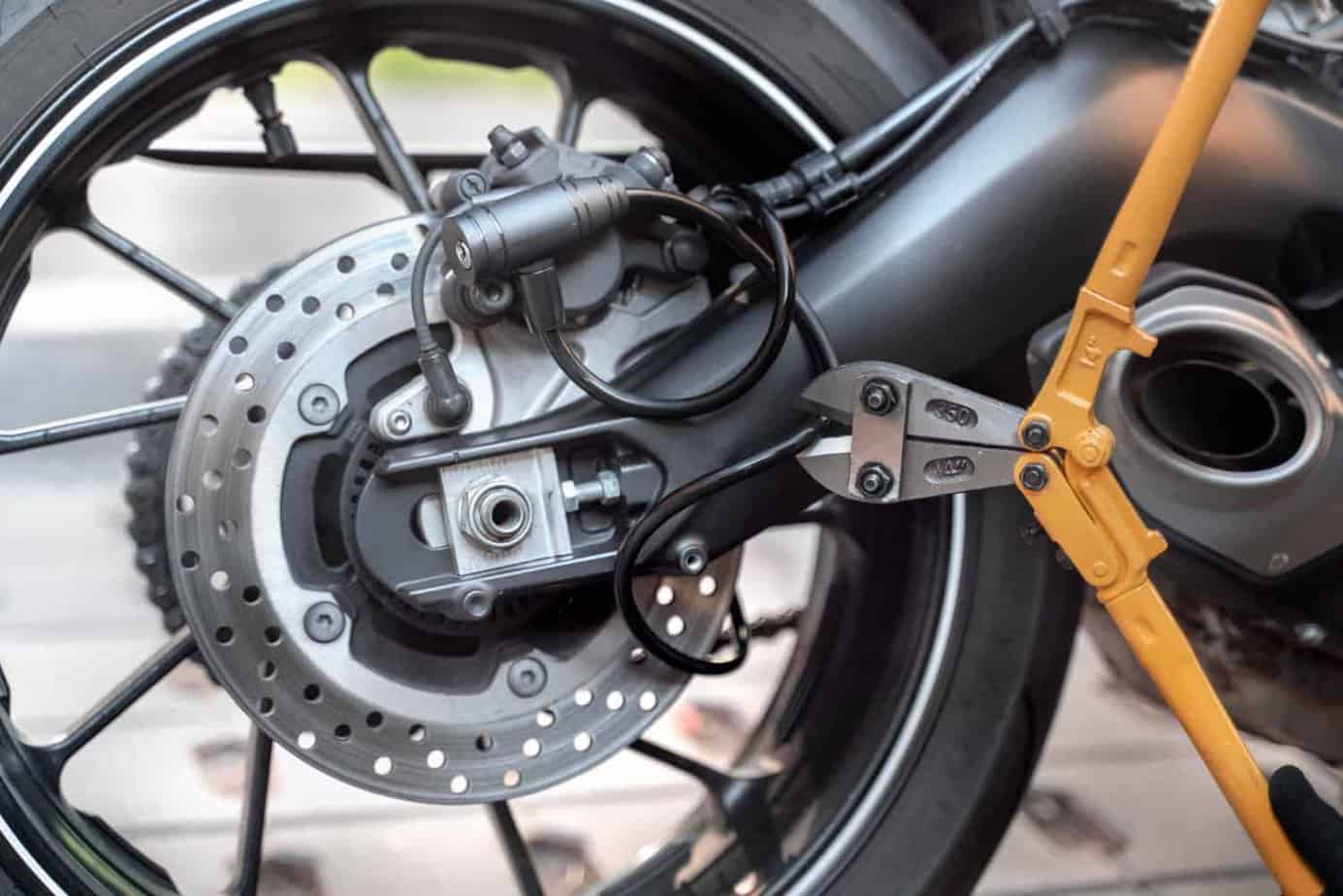When shopping for your first helmet, options can seem overwhelming. How to choose the best motorcycle helmet that fits you? Which one should you get? The truth is there are dozens of factors and hundreds of other options to choose from when you start delving into the world of motorcycle helmets, but with careful consideration and an understanding of what each helmet has to offer, choosing the right helmet is not too difficult. Read on to learn how to choose the perfect motorcycle helmet for you!
Table of Contents
The three most important things when it comes to how to choose the best motorcycle helmet
The three most important factors in motorcycle helmets are weight, comfort, and visibility. The ideal helmet is lightweight but does not sacrifice protection. It should also be comfortable enough for you to wear for long periods of time without being too heavy or too tight. Finally, make sure you have good peripheral vision through your helmet visor to better see what is around you.
Safety rating: differences
There is a lot to learn in terms of safety ratings, and we will simply highlight the situation as a whole since this article is not about standards but about choosing a helmet.
DOT
This is the standard established by the American Department of Transportation. It is the most basic, least secure but is required on Quebec roads. If it’s not even DOT certified, tell yourself it’s far from safe.
ECE
This standard is a bit better than the DOT standard as it must be conducted by a third party. There is also more impact in the test and takes into account different head shapes. It also tests visibility. These tests can be deceived as the tests are performed on a specific impact point. Finally, it is designed for a slower speed and impact force than the DOT standard.
SNELL
This is the racing standard. Much more effective and as a result, expect to pay more for a SNELL-rated helmet. On the other hand, you won’t have a SNELL-rated helmet with a sun visor or other feature like a modular helmet.
SHARP
SHARP is a relatively new standard that takes a lot into consideration, but its star and color rating is harder to understand and the test is at a slower speed than DOT and SNELL.
Ok, now that we know the differences… which is the best? In my view, DOT and SNELL certified or DOT and ECE certified are the way to go. But keep in mind that a properly fitting DOT certified helmet will protect you more than an oversize SNELL helmet. If you have a limited budget, look for DOT and ECE… If money is not a problem, go for SNELL. Note that DOT is the only requirement in Quebec, so I assume the government has experts look into this.
Choosing between full-face, open-face, or modular helmets
The type of helmet you choose may depend on various factors. If you’re looking for maximum protection and comfort, a full-face helmet would be a better choice. But if you don’t want something as heavy or if you want to keep your head cooler, an open-face helmet might suit you better. There are also advantages and disadvantages in each category that must be taken into account when choosing the one that best suits your needs. If I’m not mistaken, in over 70% of accidents, the lower jaw area is impacted, not uncommon if you’re weighing the pros and cons of a full-face versus an open-face.
As for modular helmets, they are generally a good option if you like to talk to someone else without a communication kit. They are generally heavier and noisier than full-face helmets. If you didn’t have wind protection on your motorcycle, you’ll probably regret it as these helmets tend to be bulkier and noisier. If you often ride at speeds less than 60 km/h, they may be a good option when open, faster than that and your neck will hurt… a lot!
There is absolutely no reason to believe that an open-face helmet offers the same protection as a full-face helmet. But I wouldn’t ride my vintage chopper with a full-face either… I know it’s supposed to be safety first, but hey, nobody’s perfect.
Types of materials
For the type of material, I suggest going with carbon if you can afford it. The most important aspect in comfort is the helmet’s weight. When I gave a carbon helmet to my girlfriend, even though the style wasn’t up to her expectations, the comfort was much better than her other helmet.
So the material isn’t that important besides the weight, don’t worry too much about the material if it’s not carbon. If you can afford to buy carbon, buy it and thank me later.
Even more possibilities…
Special safety features like removable side padding inserts are an excellent feature, if you’re wavering between two, this could be a tipping point, but it shouldn’t be your priority. This padding can be removed and allows rescuers to remove your helmet more quickly. Look for red tabs at the base of the helmet.
The sun visor is cool and I’m not sure I’d buy another helmet if there’s no sun visor included. I’ve tried interchangeable visors, but I usually start in the sun and return after sunset, it’s not very practical. I then have to bring both visors (tinted and clear) and I’m not very skilled at the “pay attention to the scratches” concept. So I forget the other visor or I leave it in my saddlebag and it’s all scratched up when I need it.
Communication system… don’t ask me to do without it anymore. I like to listen to my music while riding or hear my girlfriend swear when something doesn’t go as planned. Some helmets have built-in communication systems, while others have intercoms that can be fitted.


Tusks, horns, tails, and cat ears adds-on… Well, let’s not talk about that… It’s already complicated enough…
Make sure your helmet fits properly.
Now that you’ve decided on the style, material, and all the options, It’s time to face the inevitable truth… The helmet you prefer does not fit you properly. Well, if you’re as lucky as I am, that’s what’s going to happen.
Anyway, let’s get back to the fit… First, determine the shape of your head. The best way to do this? Ask a friend to take a picture of your head from the top if it’s round, then your round type if it’s oval, you’re more oval and if it’s in between… Well, you’re an intermediate oval… Most manufacturers specify the best head shape that fits their helmet.
You can measure the circumference of your head if you want to order the helmet online… it’s a fairly accurate way to see if the helmet is the right size. But don’t get too excited about the online thing… I ordered two helmets on the web and neither of them fit me. Maybe it’s just me who’s too choosy….
The best way to try on a helmet is to go to your favorite motorcycle store and try it on. It should exert a slight pressure on your cheeks and it should not move (even without the strap) when you make a quick yes and no movement. Don’t just put it on for a minute and buy it… To be sure, you need between 15 and 30 minutes with the helmet on your head… I usually walk around the store with the helmet on thinking I must look silly, but after 15 minutes I know if there’s any pressure or discomfort. It’s worth looking silly for 15 minutes to be comfortable later.
Also try to check around you and see if your field of vision is correct. You should be able to check your blind spots when you turn your head and have a good field of vision. At first, you may feel trapped in a full face helmet… I have never felt that way, so I cannot comment on that feeling. I would say that if you feel trapped, you should first look for a modular or open face helmet. Under no circumstances should you buy an uncomfortable or unappealing helmet, you won’t wear it and will have to buy another one later.
Conclusion
In the end, it’s not rocket science… Try it, feel it, and if you like it, buy it. Now that you know the basics, it will be easy for you to choose and have confidence in your choice. I generally think the more you pay, the more you get, and that’s really true for helmets. First set your budget and stick to it. I think between $600 and $1200 you’ll have a very good helmet, don’t expect to buy a $200 helmet and be able to ride for hours or be comfortable in hot and cold weather. I know it’s another expensive decision, but it won’t be the last expensive thing you’ll buy to enjoy your passion, believe me.
If you what to read more article like this one and take your adventure motorcycling to the next level with YourMotoBro! Join us on our journey of empowerment, positivity, and performance.

Meet Simon, the 46-year-old aficionado behind YourMotoBro. With a lifelong passion ignited by motocross dreams and a Canadian Tire bicycle, Simon’s journey has been nothing short of extraordinary. From coaching underwater hockey to mastering muddy terrains, he’s an authority in thrill and adventure. Certified as an Off-Road Vehicle Excursion Guide and trained in Wilderness First Aid, Simon’s love for bikes is as diverse as his collection—from a robust BMW GSA R1200 to the memories of a Harley Davidson Night Train. By day a respected telephony consultant, by night a motorcycle maestro, Simon’s tales are a blend of expertise, resilience, and undying passion. ?️✨
